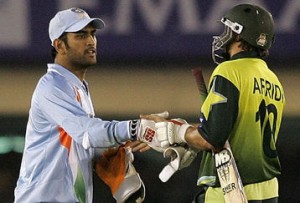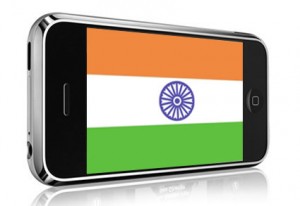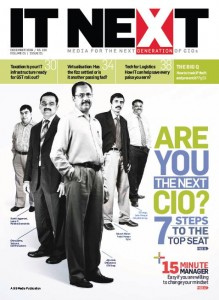Peep into an ant-hill and you will know what seamless order and perfection is. The tiny insect cousins have truly evolved a highly complex organizational structure that in spite of being hierarchal is also highly efficient. At the very apex sits the queen, cynosure of all the domicile ants, and does little work except fawn and procreate. Below the queen, there are the scores and scores of workers ants that toil endlessly to ensure that queen is unperturbed and amply at ease.
Were we to project this organizational structure on to a standard enterprise, more so on to IT function of the typical enterprise. It will be fairly evident, that the CIO is the queen of the IT-hill, fawned upon by the rest of the managers and professionals. The IT function head has little to do with IT these days and frets and fumes over mundane things like RoI, people management etc.
For the sake of illustration, take the case of Mr. O, who is a CIO of a fairly large pharma company, leads a lifestyle that could be the envy of many. More often than not he is constantly touring the country and globe for work, conferences, etc. He is courted by vendors, analysts, journalists, and others who are all ears for every word that escapes his mouth. The CEO of the company is all ears, whenever Mr. O has a new proposal or strategy. He moves along in hallowed circles receiving awards and recognition with amazing regularity, has a spacious cabin with all the works.
So when does Mr. O work? Well, honestly he does not really work, but merely gets his work done. Over the years, he has outsourced much of the infrastructure management to external vendors. Even so, he still has a small and cosy team of managers and IT professionals that handle the day-to-day functioning of the IT infrastructure and the data center. The ant-hill isn’t much different from the IT-hill, isn’t it?
One cannot be sure if the worker ant within the ant-hill aspires to be the queen, but the IT manager at the IT-hill surely desires to be CIO. This was evident, when we floated out a survey on what it takes to be a CIO to sample of around 500 IT mangers drawn from different verticals, cities, and profiles. To say that the response was overwhelming would be an understatement; close to 300 IT managers had completed the survey within 2 days, while the others continue to do so over the next few days. The dozen odd questions were designed to capture the ‘essentials’ of what it takes to be a CIO. Once, the verdict was out from the IT manager’s end, the same question was posed to the CIOs and external consultants and they were asked to share their views on a similarly designed survey.
Based on the findings of the two, the IT manager survey and the CIO & consultant one, we present the 7-step guide to being a CIO. While much of this may seem fairly obvious and common sensical, yet, remember that it is the small things that make a CIO. And it is these traits and specialities that need to be imbibed and displayed to earn the CIO cap. While the steps might seem fairly easy, they require a complete change of mindset. So, if you are ready for the challenge, here is the way, presenting the IT Next’s 7-step guide to becoming CIO.
Over the past many years the role of the CIO a 180° turnaround. While, he continues to remain the king (or the queen) of all things technical, the role has expanded in a way to encompass all the organization. Thus, a CIO is no more chained to the data center or the IT department, but is expected to take on a much bigger and strategic role within the organization. Also the fact that with rapid digitization, IT and technology is not merely backend, but very much front-end as well. Thus, while a retailer might be concerned about implementing the best inventory and warehousing system at his shop, he could also look at the Web and mobile as an additional front to reach out to the customer. Herein IT provides him a completely new revenue stream that did not exist before. The CIO in this case needs to be the change agent that brings about such a transformation, not reactive but proactive.
Continue reading …













